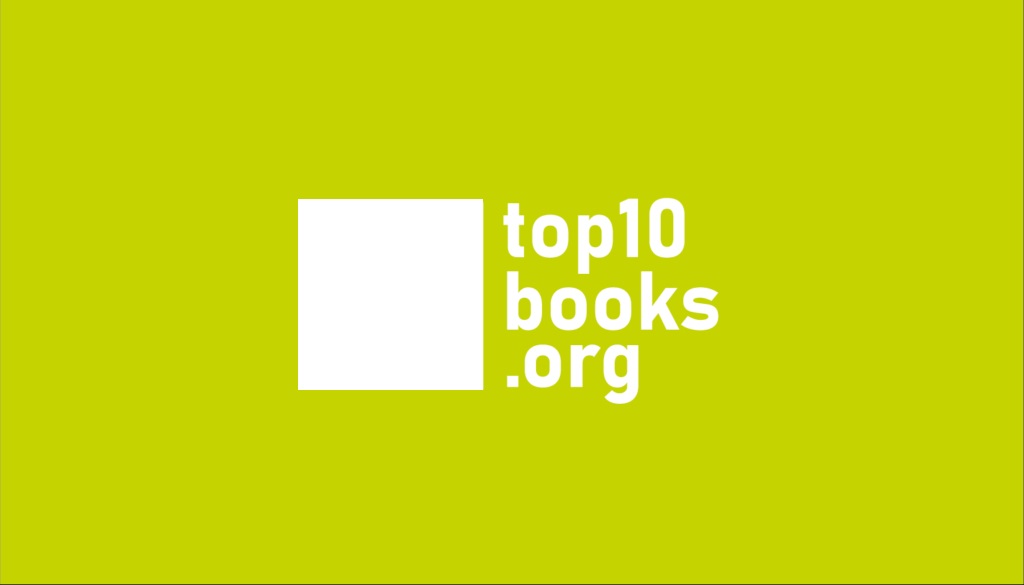
By Nicolás Longo
(As an Amazon Associate we earn from qualifying purchases)
Nanotechnology Books are rapidly transforming how we understand and apply science at the smallest scale. These books dive into the study of matter at the nanoscale, revealing how reducing materials to a billionth of a meter changes their properties and opens up revolutionary applications in fields like medicine, energy, and electronics. Recent research published by the National Nanotechnology Initiative shows that nanoscience is pivotal for next-generation technologies, emphasizing the importance of staying informed through comprehensive Nanotechnology Books.
Top 10 Best Nanotechnology Books
- Thomas R. Horn (Author)
- English (Publication Language)
- 350 Pages – 01/01/2011 (Publication Date) – Defender (Publisher)
- Boysen, Earl (Author)
- English (Publication Language)
- 360 Pages – 08/09/2011 (Publication Date) – For Dummies (Publisher)
- Moriarty, Philip (Author)
- English (Publication Language)
- 160 Pages – 03/15/2023 (Publication Date) – Oxford University Press (Publisher)
- Rogers, Ben (Author)
- English (Publication Language)
- 432 Pages – 05/11/2017 (Publication Date) – CRC Press (Publisher)
- Hardcover Book
- Bertino, Massimo F (Author)
- English (Publication Language)
- 234 Pages – 01/26/2022 (Publication Date) – WSPC (Publisher)
- Hardcover Book
- Contera, Sonia (Author)
- English (Publication Language)
- 240 Pages – 11/05/2019 (Publication Date) – Princeton University Press (Publisher)
- Drexler, Eric (Author)
- English (Publication Language)
- 312 Pages – 10/16/1987 (Publication Date) – Knopf Doubleday Publishing Group (Publisher)
- Sanders, Wesley (Author)
- English (Publication Language)
- 194 Pages – 07/24/2018 (Publication Date) – CRC Press (Publisher)
- Freeland, Elana (Author)
- English (Publication Language)
- 480 Pages – 02/25/2025 (Publication Date) – Bear & Company (Publisher)
- Used Book in Good Condition
- Hardcover Book
- Hall, J. Storrs (Author)
- English (Publication Language)
- 334 Pages – 05/06/2005 (Publication Date) – Prometheus (Publisher)
Nanotechnology Books not only explain the fascinating science behind nanoscale phenomena but also provide insights into how the unique properties of nanomaterials can be harnessed for innovative solutions. These books detail how quantum effects become significant when materials shrink and how surface area dramatically increases, leading to breakthroughs like advanced sensors and novel drug delivery systems. For instance, studies indicate that nanomaterials can be engineered to detect disease markers at parts per billion levels, a feat impossible with conventional methods (Source).
In recent years, Nanotechnology Books have evolved to include both rigorous academic texts and accessible guides for curious readers. They offer a blend of theoretical foundations—covering topics such as quantum mechanics, materials science, and bioengineering—with practical case studies and real-world applications. This dual approach ensures that readers from diverse backgrounds, whether scientists or enthusiasts, can grasp the intricate details of nanoscience while appreciating its potential to revolutionize technology. A notable fact is that the global market for nanotechnology is expected to exceed $125 billion by 2024, underscoring the genre’s significance (Source).
Many Nanotechnology Books also explore the ethical, environmental, and economic implications of nanoscience. They challenge readers to consider not just how to make things smaller, but how to design smarter, more sustainable systems. By merging historical perspectives with futuristic visions, these books invite readers to appreciate the journey from early discoveries to modern applications. This comprehensive view is essential for understanding the full impact of nanotechnology on our lives.
Furthermore, the best Nanotechnology Books include vivid illustrations, detailed diagrams, and accessible explanations that demystify complex scientific principles. They often incorporate discussions on breakthroughs such as nanomedicine, where nanoparticles are used to target cancer cells with unprecedented precision. Other works highlight how nanotechnology is paving the way for cleaner energy through improved solar cells and more efficient batteries. Such topics not only captivate the imagination but also highlight the tangible benefits of nanoscience in everyday life.
Nanotechnology Books serve as a bridge between pure science and practical innovation. They encourage readers to think critically about the future, presenting ideas that have the potential to disrupt traditional industries. For example, by studying the quantum properties of nanomaterials, researchers are now developing sensors that can monitor environmental pollutants with extraordinary sensitivity. These texts provide the intellectual tools needed to navigate the complex world of nanoscale research and innovation.
In addition to technical details, many Nanotechnology Books feature the personal journeys of leading scientists and engineers who have shaped this dynamic field. Their stories offer inspiration and valuable lessons on perseverance and creativity. Such narratives illustrate how curiosity and dedication can drive scientific breakthroughs that were once considered impossible. Readers gain a deeper understanding of the interplay between research, development, and real-world impact, making these books not just informative but also profoundly motivational.
Moreover, Nanotechnology Books are increasingly accessible, with many authors striving to explain cutting-edge concepts in plain language. This trend helps demystify the field for non-experts and encourages broader public engagement with nanoscience. For those interested in exploring how minuscule innovations can lead to major advancements, these books provide a roadmap for understanding a technology that is as influential as it is intriguing.
As you delve into Nanotechnology Books, you’ll discover a genre that not only educates but also inspires. They highlight the transformative potential of reducing materials to the nanoscale and showcase real-world applications that are changing industries worldwide. Whether you are a student, a professional, or simply a curious reader, these books offer a comprehensive look at how nanoscience is reshaping our future.
By exploring this literature, you gain access to a wealth of knowledge that bridges fundamental science and its innovative applications. The insights provided in these texts can help you understand how nanotechnology is used to create smarter materials, improve medical diagnostics, and drive sustainable energy solutions. Every page of these Nanotechnology Books brings you closer to the forefront of scientific progress.
“As an Amazon Associate we earn from qualifying purchases.”










